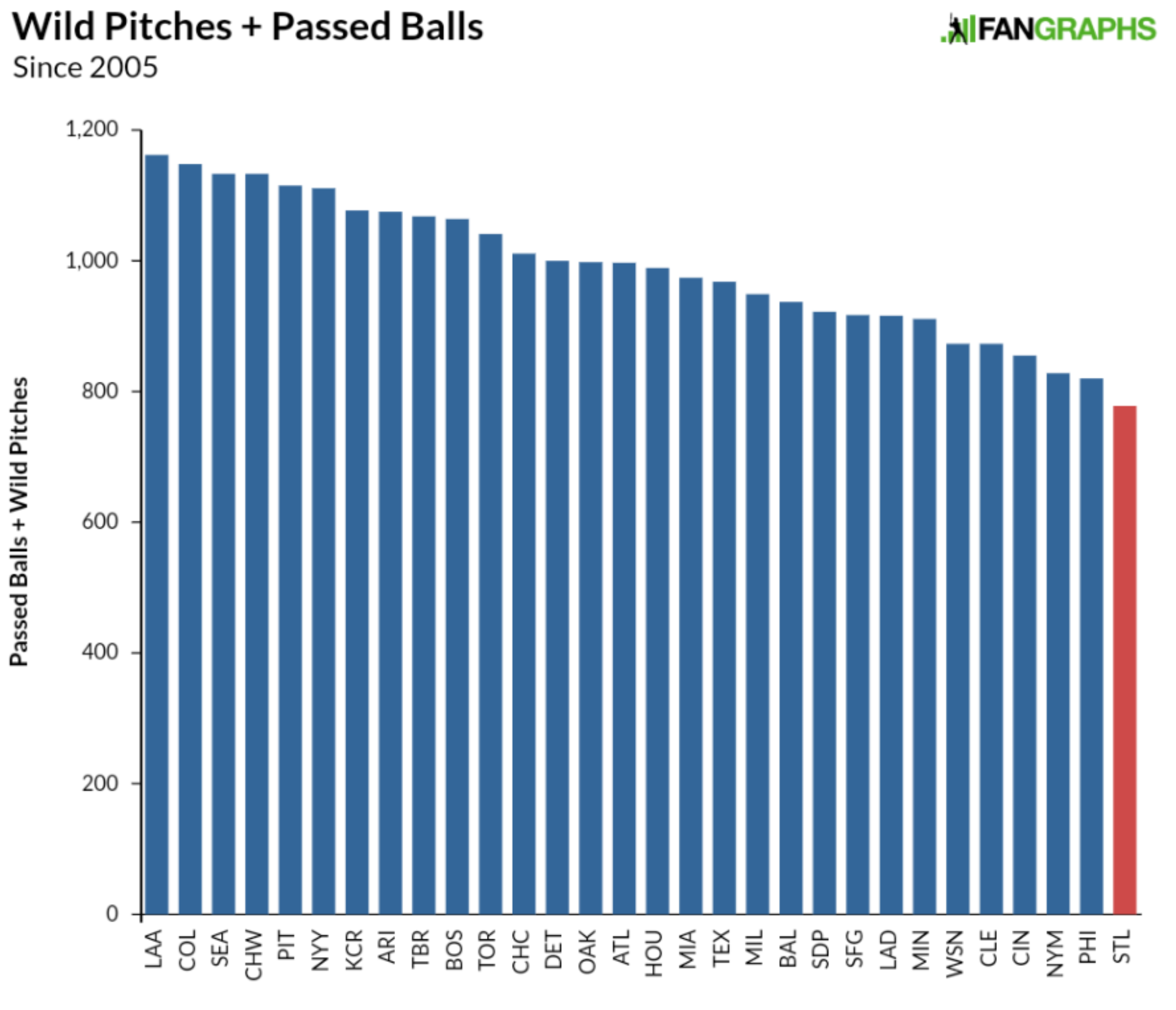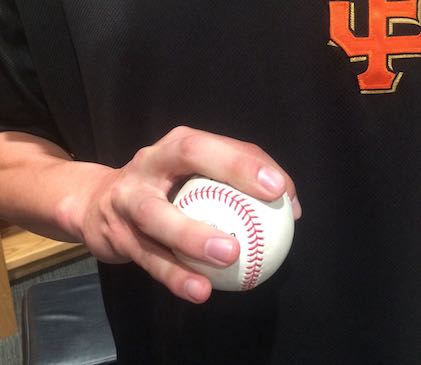Fun With Alternate Playoff Realities
For the second straight year, the NL Central crown is coming right down to the wire. I won’t belabor the details — Jay Jaffe has you covered with his Team Entropy series. I’m interested in a slightly different angle. There’s one outstanding feature of the current year’s setup — two of the contenders, the Cardinals and Cubs, happen to play each other in seven of their last 10 games.
That seems like an ideal setup for the trailing team — if you take care of business and win your games, you’ll win the league. None of this hoping the other team loses nonsense — emerge victorious, and you guarantee them a loss.
There’s a problem, though — the Cubs have a tenuous hold on the second Wild Card spot, and the Cardinals are pretty good. Perform poorly, as is entirely possible when seven of your last 10 games are against a good team, and you might miss the playoffs altogether.
That’s the schedule as it exists. What this article presupposes is, what if the schedule could play out a different way? I built a lightweight version of our playoff odds model using Depth Charts projections and starter and home field adjustments, using the same rules as my earlier article on Dodgers playoff scenarios. First, let me show you my model’s view of the 2019 NL playoff race, as it varies ever so slightly from the official FanGraphs odds:
| Team | Win NL Central | Win Wild Card | Reach Playoffs |
|---|---|---|---|
| Cardinals | 73.8% | 18.7% | 92.5% |
| Cubs | 20.9% | 40.4% | 61.3% |
| Brewers | 5.3% | 40.1% | 45.4% |
| Nationals | 0.0% | 92.7% | 92.7% |
| Mets | 0.0% | 8.1% | 8.1% |
With that out of the way, let’s have some fun! Let’s mess with reality and change some odds. Read the rest of this entry »


